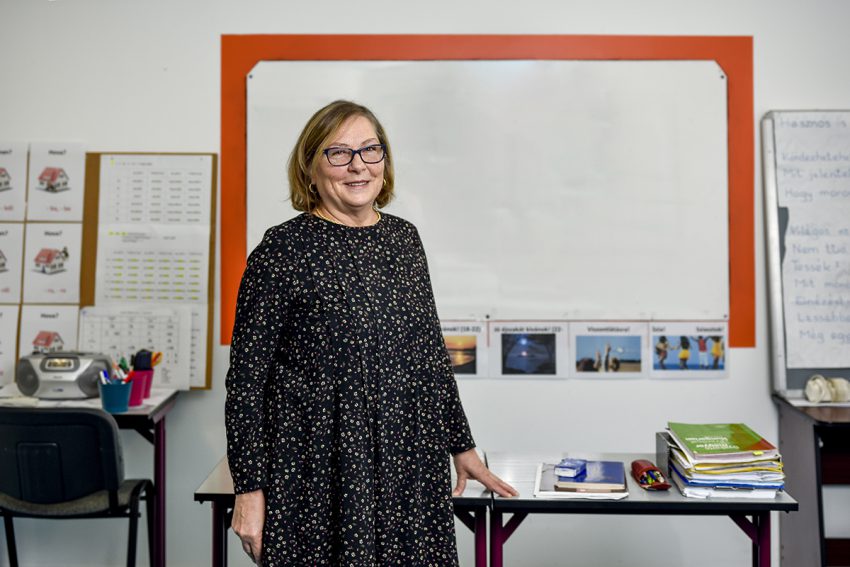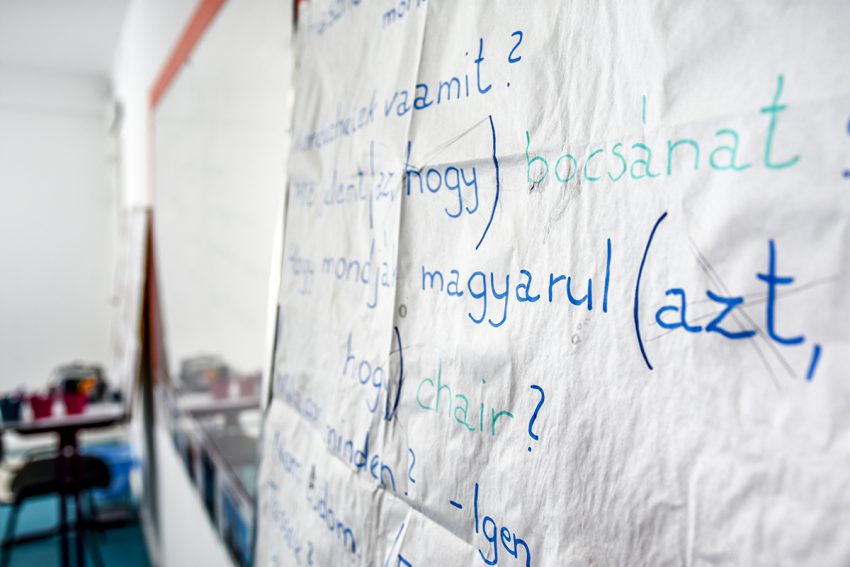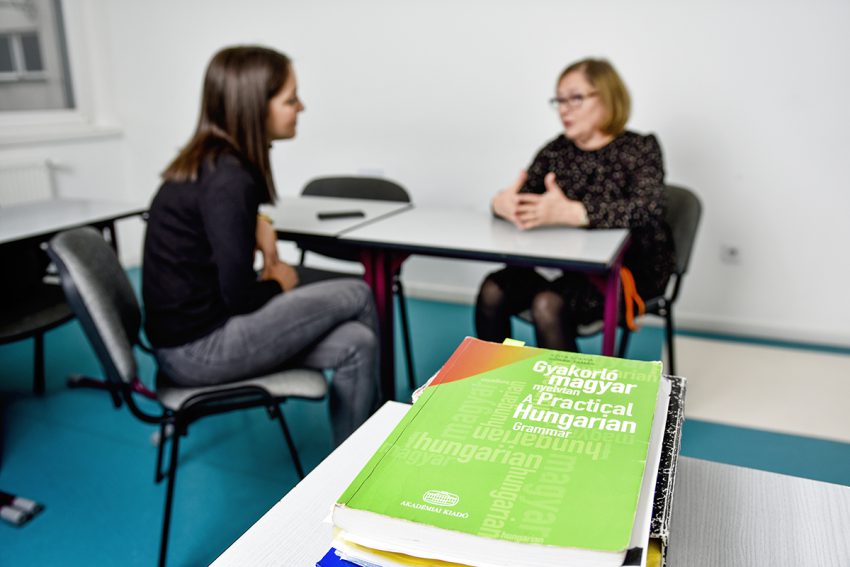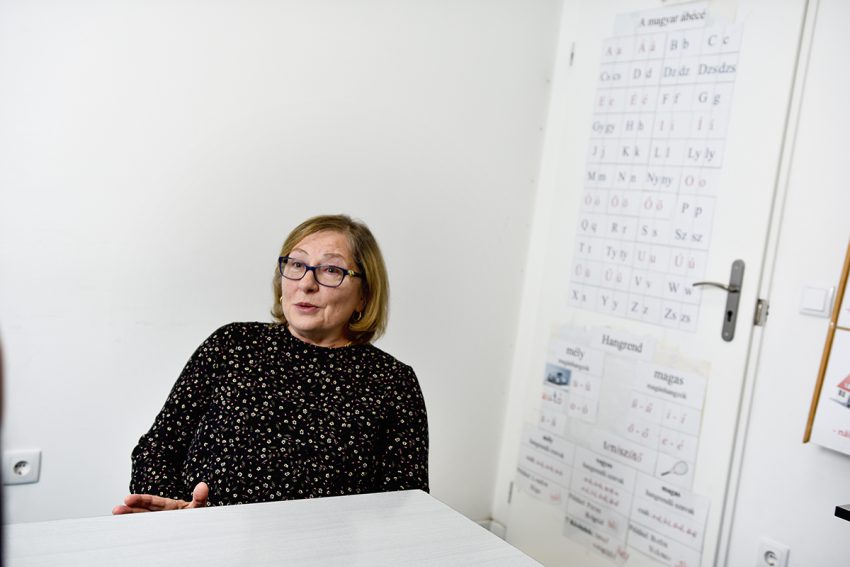21 February marks International Mother Language Day that was first announced by UNESCO in 1999. On this occasion we reached out to Szilvia Nagy, a Hungarian teacher of Converzum Language School to ask her about her vocation and the ups and downs of learning Hungarian. Szilvia has taught Hungarian for 20 years, helping ambassadors, cultural attachés, and CEOs from all around the world get familiar with the language since 1996.

How did Hungarian teaching first come to your mind?
I used to work as a teacher in kindergartens, primary schools, and universities. For ten years I was the leading teacher of a language, literature, and communication program, after which I ended up in the language teaching field. I was looking for a second job when one of my students missed the deadline of a home assignment. I told him that I would be in my office the next morning, so he could hand it in then. I was waiting for him when I saw a note on the bulletin board about a job vacancy in a language school that was looking for young English speakers to teach Hungarian. Although I didn’t meet the conditions, the job stuck in my head so I applied. I didn’t get the job but I was allowed to visit some Hungarian language classes. Six months later I was asked to teach Hungarian for a small group of foreigners, because the demand for Hungarian language classes was so overwhelming in the 1990s that the school needed me.

What do you teach first for Hungarian language learners?
Many believe that it is impossible to learn how to speak Hungarian, so first I try to get my students like the language and have a good time during the classes. This way they’ll have motivation to keep studying.
In the beginning I shed light on the practical benefits of learning Hungarian: I teach them the most basic expressions related to saying hi, introduction, shopping, ordering food and paying the bill in a restaurant, and asking for information, as well as the days of the week and the most used verbs. When they know these, they realize that they can express themselves and they’re understood, so they feel like proceeding. The rest of the course is up to the level students want to achieve. I find great pleasure in these language courses, probably more so than my students.

You have worked in language schools for several years, and now you’re a teacher in Converzum. What do you think is the most difficult part of Hungarian language acquisition foreigners struggle with?
For them it is hard to understand that the Hungarian language can’t be compared to any other as its system, structure, and pronunciation are unique. For instance the English usually don’t speak foreign languages and they struggle with learning the conjugated verbs. I need to prove them that Hungarian language teaching is logically structured, which is quite a challenge, but I created a 60-hour course plan that helps me do so. On the other hand, students with Arabic origins can easily pronounce the Hungarian /ö/, /ő/, /ü/, and /ű/ sounds, but they need to learn the Latin alphabet too. The Polish have problem with differentiating /e/ and /é/, while Russians with contrasting /o/ and /a/.

There are so many orthographic rules that even native Hungarian speakers break them sometimes. What is it like for foreigners?
Accented characters are always a problem. Most of my students use an English keyboard that doesn’t include the accented characters, so they simply neglect using them. During the first classes I tell the learners examples to demonstrate that accents can change the meaning of a word. It does make a difference if you write kérek (I ask something), kerek (round) or kerék (wheel).
Do you use a vehicular language during the classes?
It depends. I have to instruct in English when I give a private lesson, because the students expect me to do so. During the group lessons I try to speak only in Hungarian. Once I told a group of learners that I don’t speak any other languages, save Hungarian, so they couldn’t switch to another language if they felt challenged. Surprisingly, we could understand each other from day one. It was the most successful course I’ve ever held.
Photo credit: Kriszti Németh – Egy jó kép rólad


